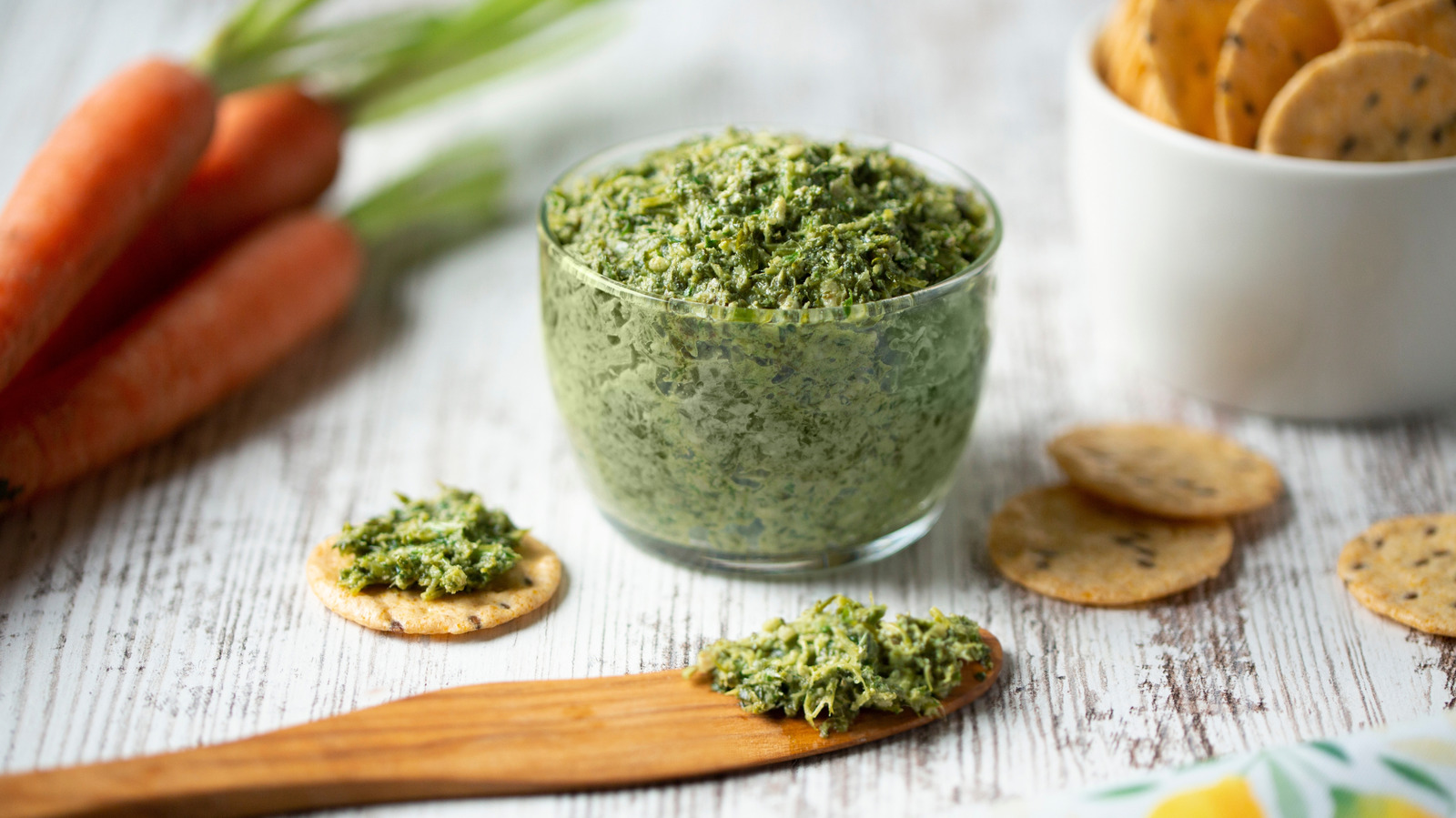
You may already know that than folks tend to assume, but have you ever considered the absolute genius concept that the ice cream cone is? Because of this lightly sweetened, crunchy, rounded wafer, you are able to eat your Rocky Road while walking down the street, sitting in the car, or even riding a bike (if you can ride one-handed). You can eat it here or there, you can eat it anywhere. But the advantages of the ice cream cone aren't limited to its portability.
Perhaps the most important concept is that, before its creation, people often ate their scoops from unwashed and unsanitary reusable glasses. This was a great way to spread diseases such as tuberculosis and cholera which, indeed, happened. In the mid to late 19th century, London-based ice cream vendors would serve individual portions of ice cream in glasses they called penny licks.

Paying customers would lick the ice cream right out of the glasses and return them to the vendors. Whether it was because they didn't have access to flowing hot water and a sanitizing detergent, or because there was just so much business, these vendors often simply took the licked glasses and refilled them with more ice cream for the next customers. Ick.
Fortunately, the cones were coming. While there were certainly edible ice cream holders prior to 1904, it was the St. Louis World's Fair that same year that is credited with popularizing ice cream cones.
But first, let's go a bit further back in the ice cream serving evolution. A long lead up to the ice cream cone A deep dive into the subject by indicates that an 1807 French work of etched art titled, "The Interior of the Café Frascati" gives a clue that cone-shaped servingware was a thing in the 19th century. In it, a woman can be seen licking or eating what may be ice cream or some other dessert out of a cone-shaped, handheld vessel.
Later, in an 1846 publication called "Modern Cook" by Charles Franatelli, the author describes a recipe for wafer-gauffres, which are filled with a filbert-cream ice, but they were small and considered garnishes, not handheld desserts. By 1901, Antonio Valvona filed for a patent for a tool he said that he'd been using to make sweet wafers designed to hold ice cream since the later years of the 19th century. The baked containers certainly held ice cream well, but were more reminiscent of bowls than they were of cones.
Conical-shaped ice cream cones can be seen in photographs from the 1904 World's Fair in St. Louis, holding scoops of ice cream, so we know that the cone was a popular item at the event. However, it hasn't been discovered exactly who was producing them at the Fair.
The popularity of the ice cream cone skyrocketed almost immediately after, with several companies producing their own versions, which, of course, leads us to wonder . This one event changed the way ice cream was offered forever, and also gave us a brand new ingredient to . Even if you opt for a cup over a cone for your scoops, be thankful that most parlors now give you a disposable one, and not a penny lick.
Recommended.














